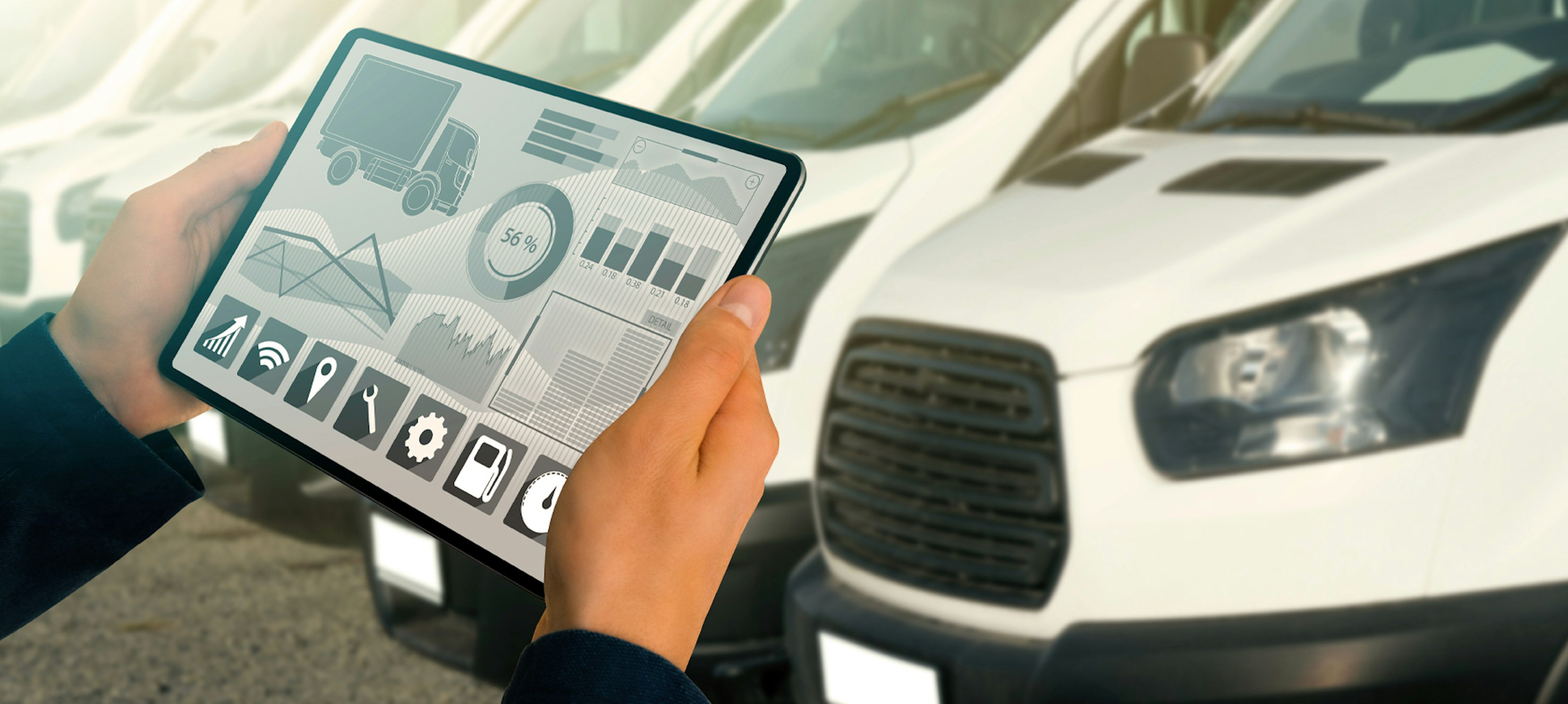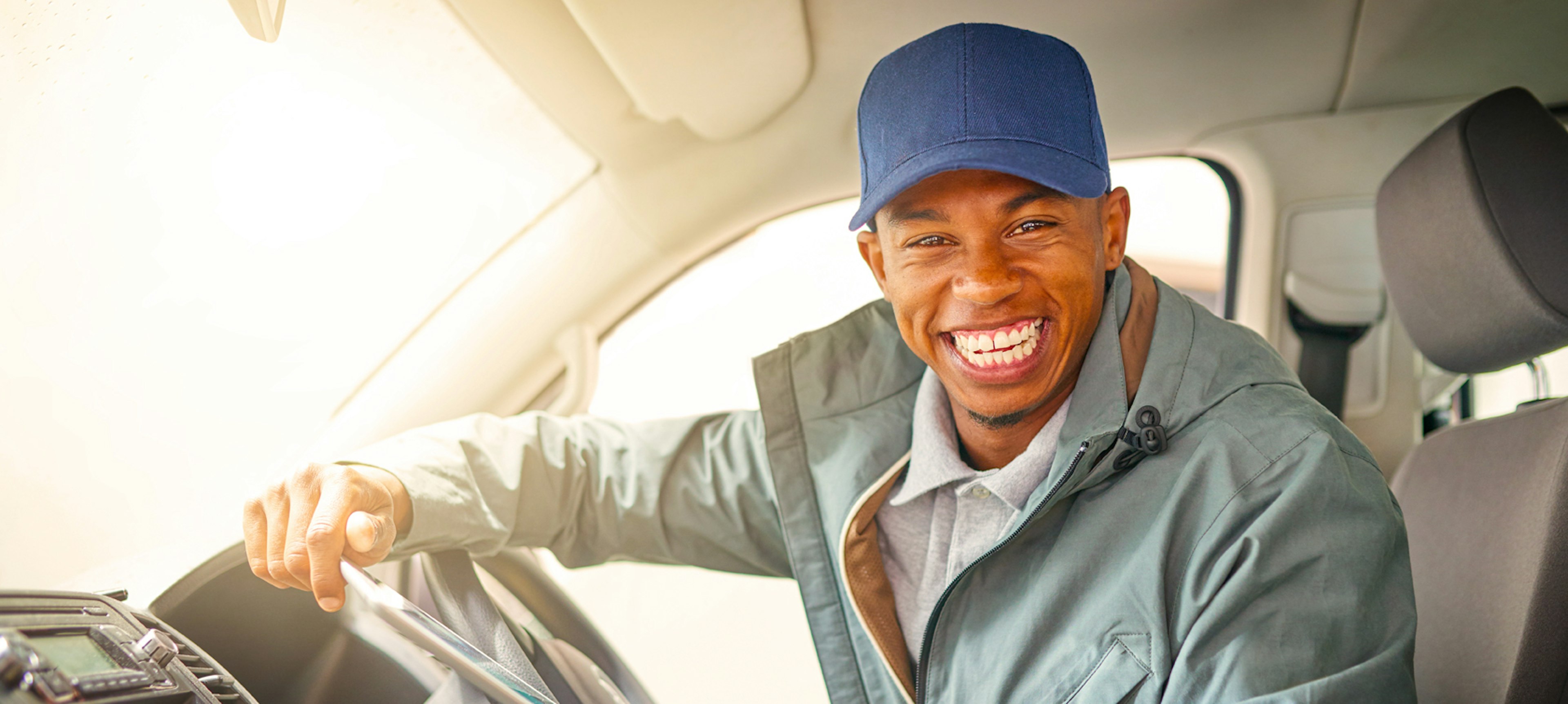Today cameras are everywhere—on our phones, in our doorbells, and now, on our dashboards and windshields. Video recording technology in vehicles is on the rise, from the use of personal dash cameras in passenger cars to video telematics used in company fleets. And it’s easy to understand why: With more drivers getting back on the road in the wake of the COVID-19 pandemic, the numbers of accidents and traffic-related fatalities are also increasing. It makes sense that drivers would want to protect themselves.
And while many are installing dashboard cameras to capture the faults of fellow drivers, some fleet owners are including driver-facing options in their vehicles. A truck’s telematics can capture important data about certain driving behaviors—things like acceleration, harsh braking, and following distance—but the addition of an in-cabin driver camera can offer much-needed context and an extra layer of protection for the driver in the event of an accident. For fleet owners, this is a clear win; however, some drivers are pushing back, citing privacy concerns. Is it possible to strike a balance between the need for important data and the overall satisfaction of your drivers?
The short answer: Yes, with proper planning and implementation. Here are some things to keep in mind when weighing the pros and cons of in-cabin driver cameras for your fleet vehicles.
The basics and benefits of in-cabin driver cameras.
An in-cabin camera is just what it sounds like: A camera mounted within the cabin of a truck, van or car that focuses on the inside of the vehicle. While many standard dashboard cameras will typically be aimed at the road ahead to record traffic conditions and other drivers, an in-cabin camera can capture the behaviors of the driver and events happening within the vehicle itself (and some camera offerings can record both views simultaneously with dual forward-facing and rear-facing lenses). For a fleet owner, understanding what’s going on inside the cabin can provide significant benefits:
- Identify unsafe driving behaviors. In-cabin cameras can be calibrated to detect risky behaviors like no seatbelt usage, food & drink usage, or looking at handheld devices, and will provide audio/visual alerts in real-time for those events.
- Mitigate liability and settle claims. We can do our best, but accidents happen. By recording the lead-up to a collision or sideswipe, as well as the immediate aftermath, fleet owners will have concrete, objective evidence of the sequence of events leading up to an accident that could exonerate their drivers.
- Train new team members. Videos that highlight recommended road etiquette or dangerous behaviors can be incorporated into driver training programs (provided that the identities of recorded drivers are respected and protected).
How to get driver buy-in.
While the benefits of cabin cameras might be obvious to fleet owners, some drivers express reluctance or outright hostility to this technology. Privacy is the main issue. One recent study noted that drivers' top concerns include: being monitored while working, being recorded in private areas (like sleeping berths), and their employers sharing videos of them with others. Drivers don’t want to feel like they’re being micromanaged or surveilled while on the job, and who can blame them?
However, it’s also worth noting that the same study suggests that driver concerns tend to decline once they get some experience with the technology. Not only that, but 52% of fleet drivers view themselves as safer and 53% say they are more careful behind the wheel following the implementation of in-cab cameras. Getting drivers properly acclimated to this new tech appears to be the best way to ease their concerns.
So, what is the best way to get your team on board with in-cabin cameras? Simple—start with building trust with your drivers. Before installing any cameras in your fleet, take steps to make your team feel heard and protected through clear, well-documented communication and transparency about the process of implementation and what you’re hoping to achieve:
- Start the conversation. Consider holding an open forum for drivers to ask questions and offer suggestions regarding camera use, or solicit feedback from the team through a survey to better understand their concerns. This information can be used to design an implementation process that works for everyone.
- Establish parameters about camera use. What will be recorded, and when? How will the recorded video be used: Solely for accident reporting and insurance purposes? For training and coaching? Set clear boundaries and expectations with your drivers before installing cameras in your fleet’s cabins and honor those boundaries.
- Highlight the benefits. Cameras won’t just help the fleet—they can protect individual drivers, too. Discuss how camera footage can be used to provide important context and even legal protection in the event of an accident, and show real-world examples of how cameras have benefitted fleet drivers.
- Reward safe driving. The carrot is better than the stick. Use cabin camera footage to identify and reward drivers who exemplify safe driving behaviors, instead of merely collecting evidence of mistakes.
Once the cameras start rolling, keep the conversation going.
Communication shouldn’t stop once a fleet’s cameras are installed. Continue to build on the trust you’ve developed with drivers by having regular check-ins about how they’re adjusting to the new technology. Ask for their feedback as your company continues to fine-tune its processes and policies around video recordings; 17% of respondents in the aforementioned survey consider other drivers as the most trustworthy source of information, so you can leverage those employees to your benefit. You can also tout the benefits of in-cabin cameras to prospective employees to demonstrate that you’re serious about their safety and job satisfaction. After all, happy employees are more productive and more likely to stick with your company.
Safety and data are a high priority for any fleet owner; installing in-cabin cameras in your vehicles is just one more way that you can encourage safe driving behaviors and collect valuable data. Just remember to engage your employees prior to and throughout the planning and implementation process to get buy-in and compliance.



